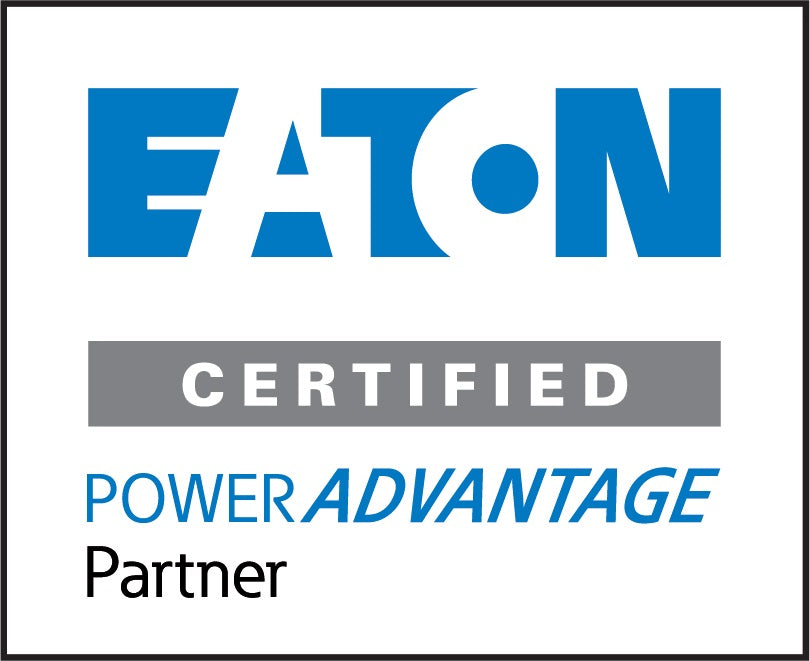How to Extend 4K Video Signals Over Long Distances

In today's world of high-definition media, 4K video content has become a standard. Yet, there's a challenge that many encounter: how to transmit these high-resolution signals over long distances without loss of quality. This becomes particularly pertinent in professional environments like broadcast studios, auditoriums, and conference halls. Here's a comprehensive guide on how you can extend 4K video signals over long distances.
1. Understanding the Challenge
High-resolution signals like 4K (3840x2160) require a lot more bandwidth than standard HD. Transmitting this signal over long distances without amplification or repeaters can result in signal degradation, latency, or even loss of connection.
2. HDMI Cables: Limitations and Solutions
- **Limitation**: Standard HDMI cables are usually effective up to 15 meters (about 50 feet) for 4K content.
- Solution: Active HDMI cables that have signal boosters built in can be used to extend this range. However, beyond 30 meters, even these can be unreliable.
3. HDBaseT Technology
HDBaseT is a connectivity standard for distribution of uncompressed HD multimedia content. It's one of the most common methods to transmit 4K signals over long distances.
- Advantages: Can transmit 4K signals up to 100 meters (328 feet) over a single Cat6 cable.
- Additional benefits: It can also carry power, audio, and control signals along with video.
4. Fiber Optic Cables
For distances beyond what HDBaseT can handle, or in environments with heavy interference, fiber optic cables come to the rescue.
- Advantages: They can transmit 4K signals over several kilometers without any degradation.
- Consideration: They're pricier than copper-based solutions but are the best option for extremely long distances.
5. IP-Based Solutions
Another solution is to convert the 4K signal to an IP-based signal, transmit it over standard networking equipment, and then convert it back at the receiving end.
- Advantages: Utilizes existing network infrastructures and can transmit signals over virtually unlimited distances.
- Consideration: Requires encoders and decoders, which can add latency. It's essential to ensure both the encoding and decoding processes maintain the quality of the 4K content.
6. Wireless Solutions
There are also wireless transmission systems designed for 4K signals.
- Advantages: Helps eliminate the need for physical cables, ideal for temporary setups.
- Limitation: Their range is often limited to a few hundred meters, and they can be susceptible to interference.
Tips for Effective Transmission:
- Ensure High-Quality Equipment: When extending 4K signals, it's not just about the transmission method. Ensure that the cables, connectors, and any equipment (like splitters, switches, or extenders) are of high quality and rated for 4K transmission.
- Test the Setup: Before finalizing any setup, especially in professional environments, always test your system for any loss of signal or quality.
- Reduce Points of Failure: Every connection is a potential point of failure. Use the shortest path and the fewest connections possible to maintain the best signal quality.
Conclusion:
As the demand for 4K content continues to grow, the challenge of transmitting these signals over long distances will become more prevalent. With the solutions mentioned above, this challenge can be readily addressed. It's essential to understand the needs of your specific setup and environment, then select the method that provides the most reliable and high-quality transmission for your situation.







